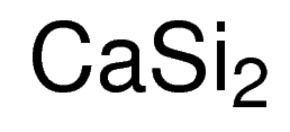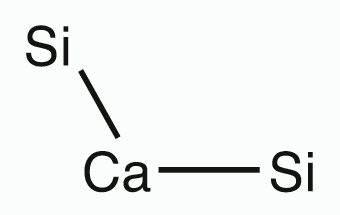Formula CaSi2 Melting point 1,033 °C | Molar mass 96.251 g/mol Density 2.5 g/cm³ | |
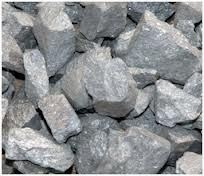 | ||
Appearance whitish grey - black solid | ||
Calcium silicide (CaSi2), also called calcium disilicide, is an inorganic compound, a silicide of calcium. It is a whitish or dark grey to black solid matter with melting point 1033 °C. It is insoluble in water, but may decompose when subjected to moisture, evolving hydrogen and producing calcium hydroxide. Decomposes in hot water. It is flammable and may ignite spontaneously in air. Its CAS number is 12013-56-8.
Contents

Industrial calcium silicide usually contains iron and aluminium as the primary contaminants, and low amounts of carbon and sulfur.
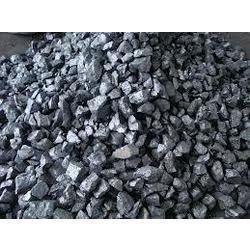
Alloys
Calcium silicide is used for manufacture of special metal alloys, e.g. for removing phosphorus and as a deoxidizer.
Pyrotechnics
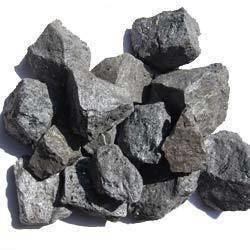
In pyrotechnics, it is used as fuel to make special mixtures, e.g. for production of smokes, in flash compositions, and in percussion caps. Specification for pyrotechnic calcium silicide is MIL-C-324C. In some mixtures it may be substituted with ferrosilicon. Silicon-based fuels are used in some time delay mixtures, e.g. for controlling of explosive bolts, hand grenades, and infrared decoys. Smoke compositions often contain hexachloroethane; during burning they produce silicon tetrachloride, which, like titanium tetrachloride used in smoke-screens, reacts with air moisture and produces dense white fog. Gum arabic is used in some mixtures to inhibit calcium silicide decomposition.
Heating food
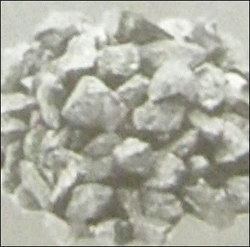
Self-heating cans of military food rations developed during World War II used a thermite-like mixture of 1:1 iron(II,III) oxide and calcium silicide. Such mixture, when ignited, generates moderate amount of heat and no gaseous products. [2]
Calcium monosilicide
There is also a calcium silicon CaSi, CAS number 12013-55-7.
